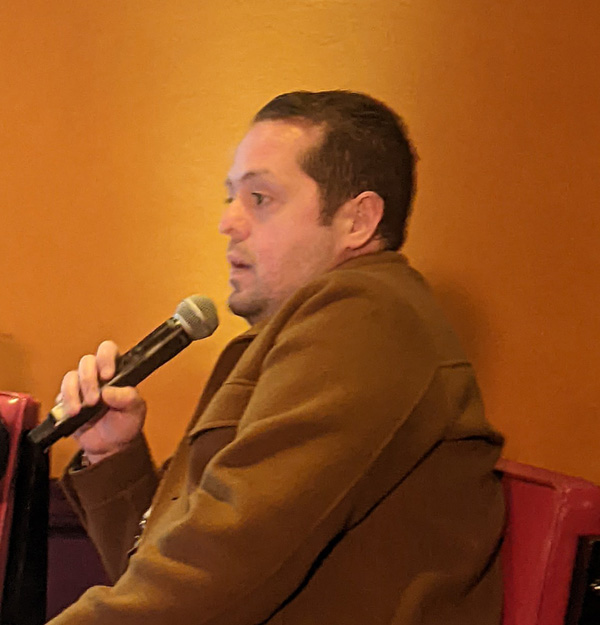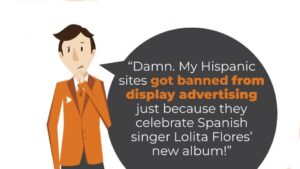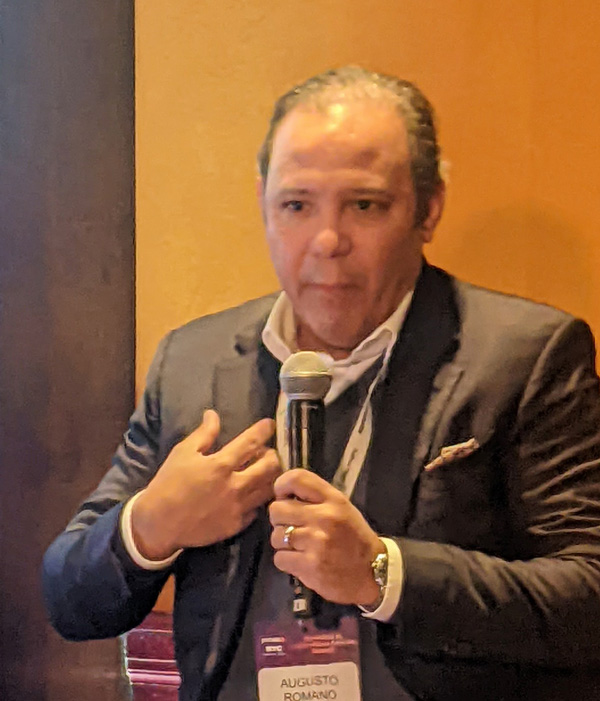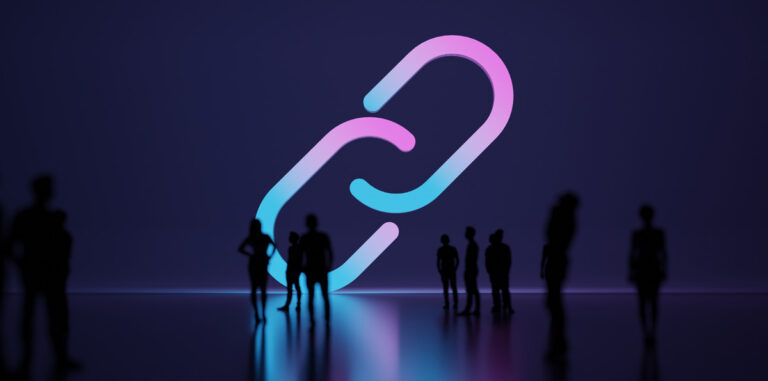
“There are biases when it comes to diverse audiences that impact how we can deliver against minority-owned and diverse-targeted media partners,” said Stephen Paez, EVP Cultural Investment and Innovation, Publicis Media, at Portada’s recent Marketing in Multicultural America Summit. Paez and Augusto Romano, CEO of Digo, participated in the session “Answers to a conundrum: Does programmatic advertising need cultural fine-tuning?” at Portada’s recent Marketing in Multicultural America Summit.
Demand-side platforms (DSPs) are software that automates the buying and selling of ad impressions in real time. DSPs define the target audience via algorithms, impacting the bid amount and other parameters. Successful and efficient marketing in a multicultural America requires multicultural programmatic advertising, a substantial part of the overall digital marketing toolkit, to fulfill its potential. So far, it is nowhere close to doing so. Below are two critical issues and potential solutions according to media buying agency and media executives interviewed by Portada.
1. DSP Programmatic: Algorithms are inherently inefficient
 “First and foremost, the algorithm is inherently inefficient,” says Tom Brown, CEO and owner of The BIPOC Filter. Frequent keyword blocking applies to the general market but not to multicultural audiences.” Brown says DSPs have filters/algorithms that apply to general market audiences but not to multicultural audiences. As an example, check our character ‘Programatico Lopez’ (on the right); the word ‘Lolita’ or ‘Lola’ is associated by filters with pornography but is a frequent proper noun used among Hispanics. Another example is that not everyone listening to Marc Anthony is Hispanic, as often inferred by DSP algorithms. “Everyone screams in the multicultural area that we are very valuable. However, the gradation used for multicultural content is the same for user-generated content. Their algorithm won’t teach soul, culture, or cool. You only get that from websites that reverberate around the culture,” Brown adds.
“First and foremost, the algorithm is inherently inefficient,” says Tom Brown, CEO and owner of The BIPOC Filter. Frequent keyword blocking applies to the general market but not to multicultural audiences.” Brown says DSPs have filters/algorithms that apply to general market audiences but not to multicultural audiences. As an example, check our character ‘Programatico Lopez’ (on the right); the word ‘Lolita’ or ‘Lola’ is associated by filters with pornography but is a frequent proper noun used among Hispanics. Another example is that not everyone listening to Marc Anthony is Hispanic, as often inferred by DSP algorithms. “Everyone screams in the multicultural area that we are very valuable. However, the gradation used for multicultural content is the same for user-generated content. Their algorithm won’t teach soul, culture, or cool. You only get that from websites that reverberate around the culture,” Brown adds.
“First and foremost, the algorithm is inherently inefficient.”
Solution Approach: Culturally Sensitive DSPs

As opposed to relying on wrong filtering by DSPs, The BIPOC Filter’s Tom Brown argues that “multicultural publishers are better in setting criteria themselves that work with that audience”. Digo’s Romano agrees: “Allow us to use our data to target those audiences because we know these audiences very well.”
One solution approach may reside in the approach of the Black-owned DSP for programmatic advertising, Hero One, to be launched later this year. Hero One, powered by AdTheorent, recently acquired by Cadent, combines AdTheorent’s machine learning-powered media-buying and audience creation platform and technology with Hero Media’s Black-owned media network, exclusive properties, and unique data and insights to reach diverse audiences at scale. Hero One, leverages unique signals and contextually relevant keywords to build custom audiences to achieve client KPI’s.
2. DSP Programmatic: General Market Media Crowds Out Multicultural Properties
David Queamante, SVP Client & Business Partner at UM, explains that “diverse audiences are disadvantaged in a programmatic system.” As an example, he says that if you are targeting a Black audience, you are excluding 85% of the audience that goes down that scale. Niche audiences demand a higher price (CPMs). “There is no way a select niche audience can cost the same as a massive general market buy,” Queamante adds. “Targeting, in general, favors people who have massive scale. None of the multicultural publishers have that scale,” The BIPOC Filter’s Brown adds.
However, Digo’s Romano disagrees: “We can offer a lot of scales, but sometimes the buyers block the audience at the origin. We need to make sure that the buys are executable.”
Solution Approach: Media Planners Need to Include A Diverse Targeted Minimum in the Media Buying Optimization System
UM’s Queamante recommends “putting guardrails within the media buying optimization system. You have to be smarter than the numbers and use judgment.” UM’s media buying system optimizes cost per person reached as well as frequency in different media types. The system also provides options to achieve the media planners objectives.
” You have to be smarter than the numbers and use judgment.”
Queamante, whose clients include Rocket Mortgage and Amex, explains that when he plans media buys, he feeds UM’s media buying optimization system with a diverse targeted media buying minimum level or percentage of the overall buy. He notes that for the overall digital buy, he first carves out a percentage share for social media and another one for other digital media, the latter is split between direct deals and addressable (DSP programmatic). Direct deals are negotiated directly with the properties (e.g., NBC, Univision, Telemundo, Digo, and others) and may include custom content. They are more time-consuming than the programmatic side. Direct deals typically command higher CPMs. Normally, when media properties are rejected for a direct agreement because UM did not think the proposal was creative enough, they are included in addressable media (programmatic; which is dealt with by the agency’s programmatic buying teams directly with the DSPs). Addressable media is divided into Private Market Places (PMP) and pure exchange inventory. “Typically, we include in addressable a mix of partners who did not make sense for direct but are good in addressable,” he says. Throughout this process, UM’s Queamante carves out a minimum share of investment in diverse targeted digital media properties.







